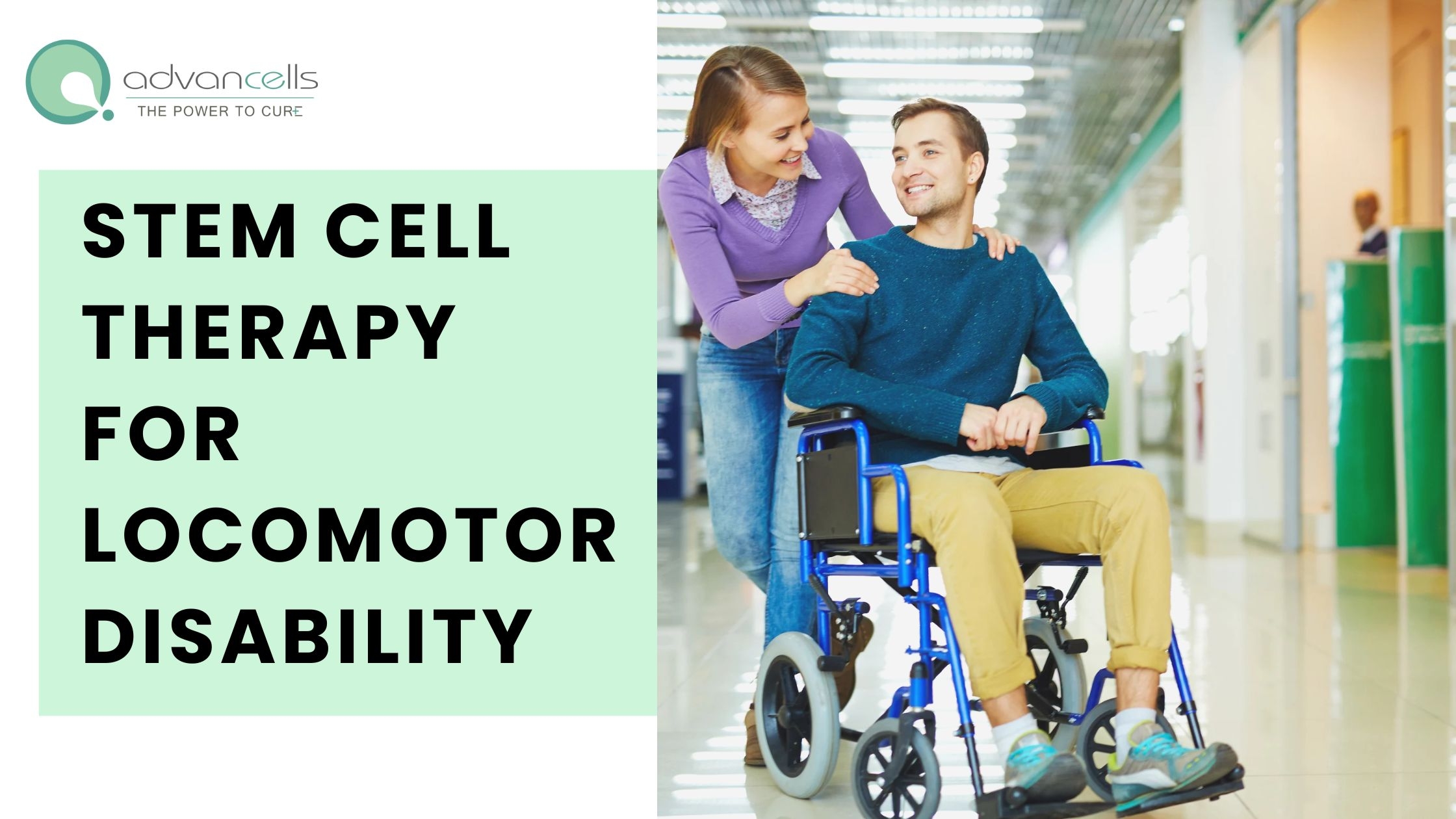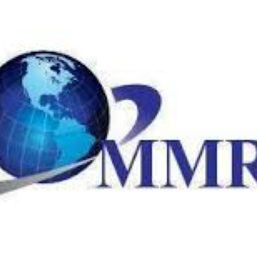Locomotor disability is a significant healthcare challenge. Its social and psychological aspects decrease the quality of life. Disabled individuals might require partial to complete reliance on others for daily activities. The National Survey Sample Organization (NSSO) estimated the highest prevalence of locomotor disabilities among the various types of disabilities in India.
Early detection and rehabilitative measures can minimize the impact of disability by improving functional independence and thus enhancing community participation. However, an effective therapy that can treat the disability is the focus area of scientific research. Stem cell therapy has become the center of this research for its tissue-reparative ability.
Locomotor Disability
Disability can refer to blindness, a hearing disorder, a mental illness, etc. Locomotor Disability includes impairments that restrict limb movements. It typically disrupts the functions of bone, joints, and limb muscles, resulting in difficulty moving. In India, the definition also includes cerebral palsy patients. The causes of this disability are either musculoskeletal or nervous disorders.
Causes
Several causative factors of locomotor disability exist, which might also contribute to its increased prevalence. The following causes lead to the disability-
-
Congenital (present since birth): Club foot, joint or bone deformity, and hip dislocation
-
Infections: Tuberculosis, Poliomyelitis, AIDS, leprosy
-
Traumatic Causes: Traffic accident, domestic accident, sports injuries, injuries due to bullets, violent fight, explosions, and natural calamities
-
Vascular Causes: Cardiovascular disorders, stroke, amputation
-
Metabolic Causes: Rickets, diabetes, vitamin B12 deficiency, gout
Additionally, several muscular and neurological disorders also cause disability. Locomotor disability meaning includes lack or loss of normal movement of hands or legs, physical deformity (scoliosis, stiff neck, hunchback), and poor limb coordination.
Locomotor Disability Types
-
Cerebral Palsy: It refers to brain injury or inadequate development during pregnancy, birth, or the infant stage. It impacts the balance, coordination, and movement of a child, along with an effect on cognitive functions such as speech or intellect.
-
Muscular Dystrophy: A deficiency in muscle proteins leads to muscle weakness and damage. The deficiency arises from a genetic mutation, which makes its treatment especially challenging. As the limb muscles deteriorate, they affect the movement of limbs, which gradually spreads to other organs.
-
Bone & Joint Disorders: Rheumatoid arthritis and osteoarthritis are two common joint disorders. Despite their different mechanisms of development, they both affect the joints. They cause pain during joint movement, which worsens with disease progression. Gradually, the pain and difficulty in movement limit mobility, resulting in significant disability. Osteoporosis is characterized by low bone density, making bones more prone to fractures.
-
Spinal Cord Disorder: The spinal cord contains nerves that transmit signals between the brain and muscles. Any disorder in the cord can affect movement. Disorders include spinal cord injury that occurs by accident or spinal bifida, a birth defect resulting from incomplete spinal cord development.
-
Neurodegenerative Disorders: These disorders involve damage to nerve cells in the brain, limiting limb movement. These include multiple sclerosis and Parkinson’s Disease. While the immune system attacks nerve cells in multiple sclerosis, Parkinson’s results from the loss of dopamine-producing cells.
-
Dwarfism: Patients suffering from dwarfism experience decreased muscle tone and joint pain, restricting their ability to move.
Treatment Limitations
A comprehensive strategy that includes medication, surgery (if necessary), and rehabilitative therapies is used to treat locomotor disability. Typically, drugs treat the underlying cause, inflammation, or pain. Levodopa, for instance, increases dopamine levels in Parkinson's disease. But these medications only provide temporary symptom relief, necessitating long-term administration. Although surgery is frequently the final resort, only a small proportion of patients are eligible for it. In order to increase a person's functional independence and lessen reliance on others, rehabilitation therapies aim to increase muscle strength and coordination. They also include the use of mobility aids like walkers, braces, and wheelchairs. Although these treatments improve the quality of life, they do so to a limited extent. Therefore, scientists are striving to formulate a better therapy.
Stem Cell Treatment for Locomotor Disability
Locomotor disability requires repairing tissue damage and addressing the underlying mechanisms of the causes. Stem cell therapy has appeared as a viable solution that acts on both. Here is how it works-
- Tissue Regeneration: Stem cells are known to transform into different cell types. This property has been beneficial in replenishing lost cells in musculoskeletal and neurological disorders. The therapy also induces the tissue’s own healing pathways and the development of tissue cells from its progenitors. These effects stimulate bone, joint cells, muscles, and neural regeneration.
- Angiogenesis: Stem cells remodel vasculature, improving nutrient and oxygen circulation for better tissue health. This property is especially useful in regard to vascular causes of disability.
- Anti-inflammation: Chronic inflammation aggravates the disorders behind the disability, elevating tissue damage. Stem cells alleviate inflammation and prevent tissue deterioration.
Stem cell therapy has demonstrated favorable results in patients suffering from diverse Locomotor Disability Types such as cerebral palsy, muscular dystrophy, neurodegenerative disorders, spinal cord disorders, arthritis, etc. It has significantly accelerated recovery and improved tissue function.
Final Words!
Stem cell therapy has immense potential in treating locomotor disability. Instead of fixing symptoms, the therapy initiates tissue repair. While conventional treatments prevent further functional decline, stem cell treatment enhances the function. The effect of stem cell therapy might be modest but significant. Many clinical trials have proved its potential without any side effects. With more studies, this therapy will be established as the standard treatment. Advancells delivers this potential through premium-quality stem cells that are meticulously manufactured in compliance with stringent regulatory and ethical standards.






